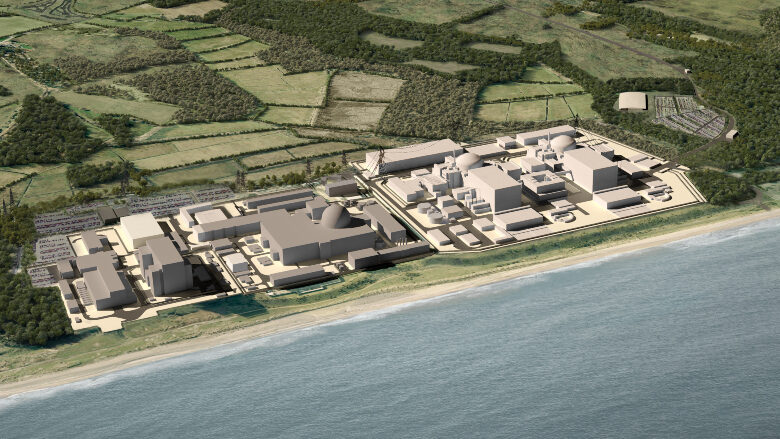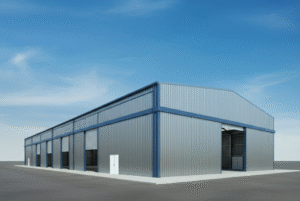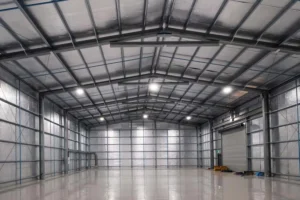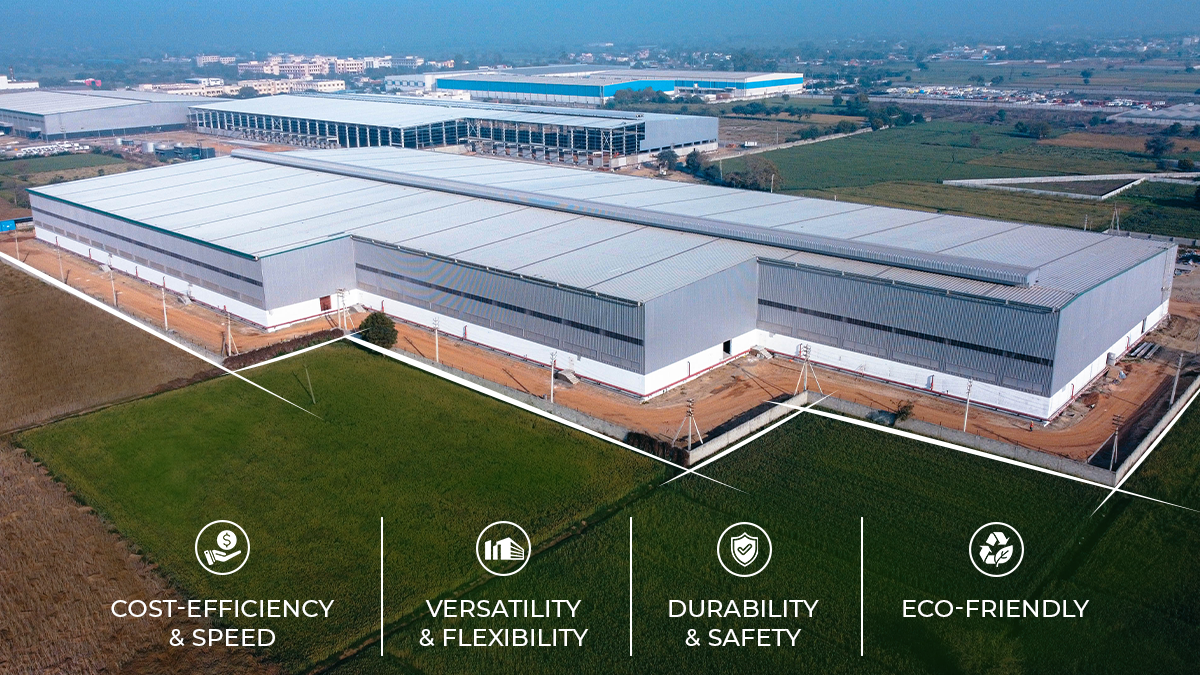
Britain Agrees to Spend $19B to Launch Sizewell C Nuclear Megaplant
[ad_1]

UK officials will spend about $19 billion to launch construction of the long-planned Sizewell C nuclear power plant, they announced June 10. The 3.2-GW, twin reactor facility, to be built next to the operating Sizewell B nuclear station on the east coast of England, will replicate the design of the country’s Hinkley Point C plant also under construction on the west coast, to reduce risk and save money.
Total estimated cost of Sizewell C was not disclosed but Hinkley Point C is speculated to be up to a $54-billion investment.
“We aim to showcase British infrastructure at its best—delivering a cleaner, more secure energy future for generations to come,” said Julia Pyke and Nigel Cann, joint managing directors of Sizewell C, in a statement.
The UK government, which is majority shareholder in Sizewell C, said the facility would be the first British-owned nuclear power plant built in decades. French government-owned utility EdF also holds a stake in the project and is behind the delayed Hinkley Point C facility that is a model for Sizewell C. UK officials also are in talks with other other public and private sector investors, they said.
The government said it has already signed more than $400 million worth of contracts with local suppliers for the project, which could have a peak constr8ction workforce of 10,000 and power six million homes for at least 60 years.
The U.K. plans to fund the project using a regulated asset base model, a first for a nuclear plant.
Officials said the model employs “independent regulation, strict cost controls and transparent oversight” to avoid cost overruns. But plant opponents in the group Stop Sizewell C say the funding model amounts to a new tax on all energy bills to pay for construction, and “places an unacceptable risk that consumers would be forced to continue to pay if there were delays and cost overruns.”
Opponents compared the model to one used in the V.C. Summer expansion in South Carolina that was abandoned in 2017.
Project leaders said the UK plant is necessary to help control energy costs as the country’s reliance on natural gas from overseas has led to price spikes since Russia began its invasion of Ukraine in 2022.
“We will not accept the status quo of failing to invest in the future and energy insecurity for our country,” UK Energy Secretary Ed Miliband said in a statement.
The plant is expected to come online in the mid-2030s.
Small Modular Reactors
Also, the UK government selected Rolls-Royce SMR Ltd. as the preferred bidder to work with the government-owned Great British Energy – Nuclear entity to develop small modular reactors, officials announced June 10.
Simon Bowen, chair of Great British Energy, called the selection “a decisive step.” It follows a two-year competition that also included GE Hitachi Nuclear Energy, Holtec Britain and Westinghouse Electric Co. as finalists.The latter withdrew in April.
The contract between Great British Energy – Nuclear and the company still requires approvals.
U.K. energy officials pledged to spend more than $3 billion on the SMR program.
Rolls-Royce SMR already has multiple commitments to build projects in Europe, according to the company.
[ad_2]
Source link
Post a Comment
You must be logged in to post a comment.






